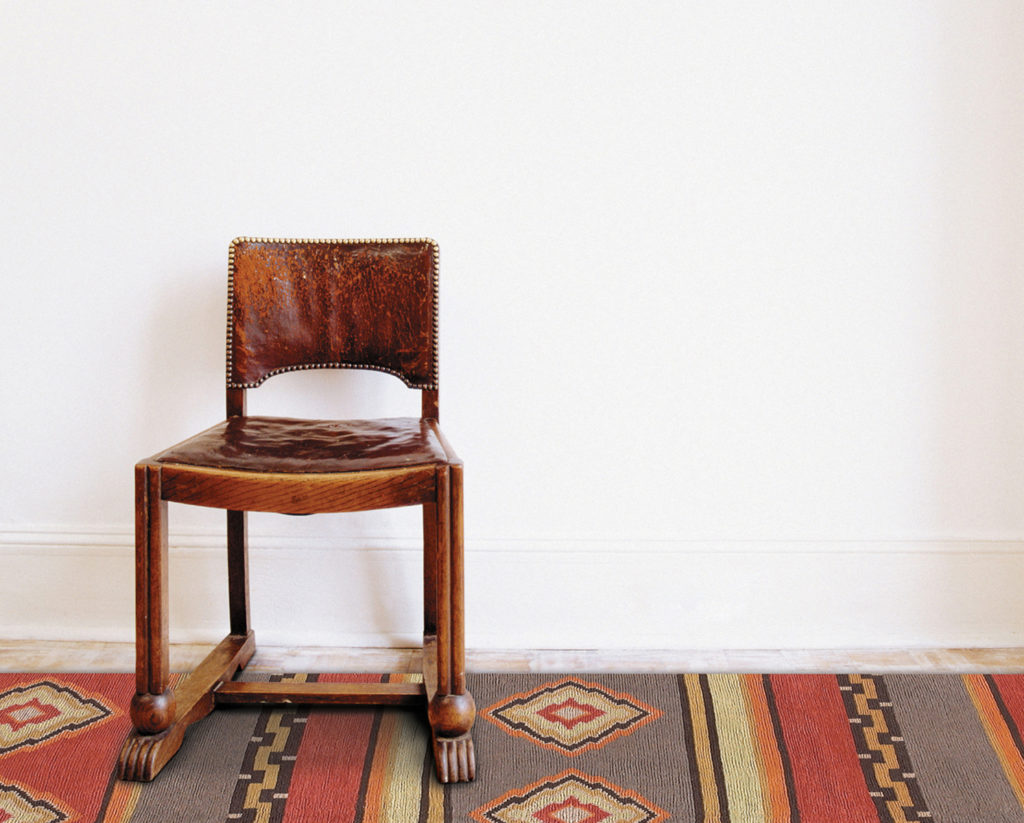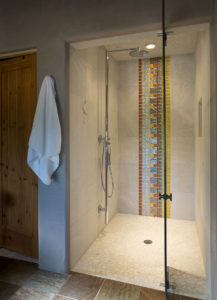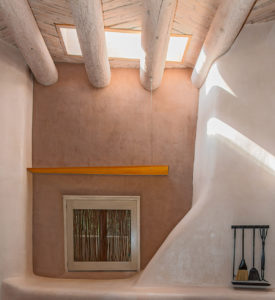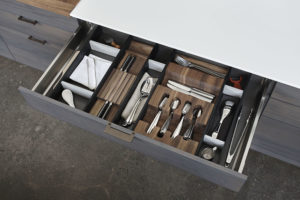It’s a Small World

Interior designers and the product manufacturers that are their resources, hunt the world for latest trends and sources of inspiration that may be found in a region’s art, architecture, textiles and natural environment. These findings get distilled through personal filters and finally are infused into interior commercial and residential concepts and entire product lines as themes or motifs. In today’s marketplace, ethnic influences abound and the buzz words are: ‘global’, ‘worldly’ and ‘transporting’. Travelling outside of one’s region not only stimulates, but also opens one’s eyes to other processes for doing things that can be incorporated into the way a space functions.
There is an increased desire in the hospitality marketplace for authenticity and locally sourced elements. Designers are reaching deeply into a project’s locale to find artisans and inspiration to bring in a unique sense of place.
In New Mexico, we are fortunate to be surrounded by the confluence of Native American, Spanish and Anglo cultures that settled on this land. Each of these cultures has greatly influenced the area and its people over the course of history and this is visible in the vast offerings of art, architecture, crafts and furnishings from each culture. The results of this cultural intermixing are a treasured attribute of our region and also offers a recipe for how design has the power to unite.
Peering into an interior design resource library is like taking a trip around the globe; products emanate from just about every region, yet are readily at our fingertips. In the category of fabrics and textiles there is passementerie (trimmings) which often hails from France; fabrics mostly manufactured in Europe or United States; and rugs from Tibet or India. In furnishings, we see much of lighting coming from China, quality casegoods from North America; and outdoor furniture (woven or teak) mostly from Asia. In finishes, a vast amount of tile comes from Spain and Mexico; stone from South America and Europe; and eco-resins or synthetic finishes from United States.
On the human front, interior design talent heralds from all around the world and “American creative talent is valued in developing countries, particularly in Latin America, the Far East, India, West Africa and the new second tier of expanding Chinese urban centers” (William Alisse, “The Shrinking World”, Interiors & Sources, 2013). Advances in technology have removed geographical barriers, so travel is not required to work with and on projects abroad. With the prevalence of Skype/Facetime, cloud-based servers and software, and compatible CAD and rendering programs, design collaborations can easily happen anytime and anywhere. Of prime importance is to research thoroughly, so as to develop an empathy, respect and understanding of other cultural norms, values and design sensibilities.
Interior design has a power to weave the best of various culture’s offerings and ability to unite people through the process. Different cultural backgrounds among clients, colleagues and vendors are commonplace in our industry and bring variety and spice to the design table, something we fully embrace.


